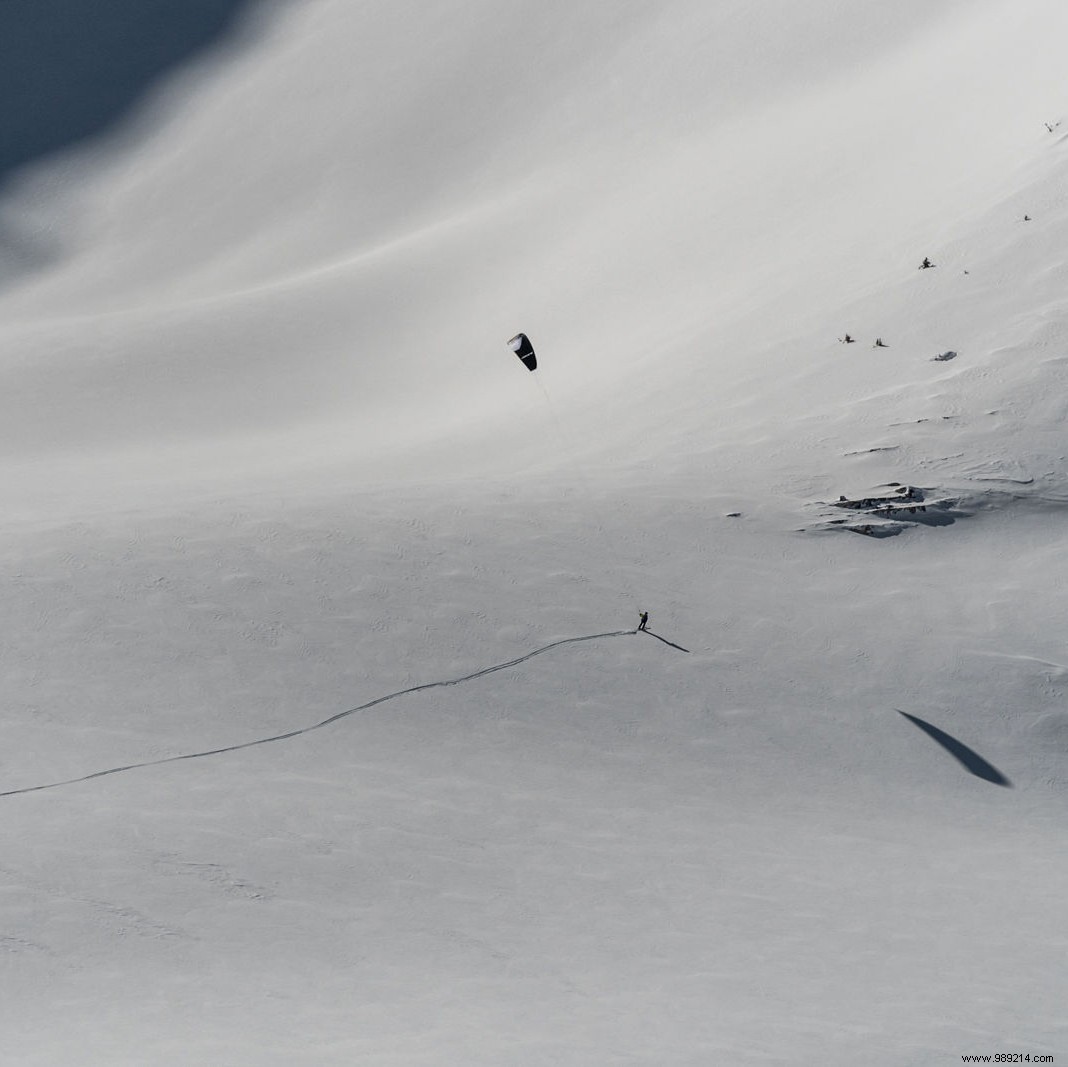NASA and the European Space Agency (ESA) are currently following two explorers on a journey of more than 4000 kilometers through Antarctica. The goal will be to learn more about humanity's ability to survive on Mars.
British explorers Justin Packshaw and Jamie Facer Childs continue their80-day trek through Antarctica as part of the Chasing the Light mission. This expedition, led by NASA, Stanford University and the European Space Agency (ESA), aims to better understand the psychological and physical impacts of extraterrestrial exploration on the human body and mind.
Much like the extreme conditions found on other planets in our Solar System, Antarctica indeed offers an austere and particularly harsh environment useful for a range of human and biological research. .
At the end of their journey, the two explorers will have traveled nearly 4,200 kilometers from coast to coast of Antarctica, through the frozen heart of the continent. Meanwhile, researchers collect data from wearable devices.
On site, the two explorers travel on skis, braving temperatures of -28°C . Occasionally, they deploy their kites which, relying on favorable winds, allow for a faster hike. They also tow two 200kg sleds housing not only their food and gear, but also blood, saliva, urine and feces samples collected throughout the expedition.

NASA is also testing theability of the two explorers to estimate their distances visually which can be put to the test in these types of conditions.
We still know in mind the famous example of the Apollo 14 mission, in 1971. By collecting rock samples on the Moon, astronauts Alan Shepard and Edgar Mitchell had indeed set their sights on visiting a distant crater, before finally turning around after estimating that the latter was more than a kilometer and a half away. In reality, the two astronauts were only about fifteen meters away.
Finally, the two men were also in charge of obtaining environmental data , such as ice levels, radiation and wind speed. Since the satellites do not orbit directly above the South Pole, these measurements will fill in the gaps and could provide important information on climate change.

Note that originally this trip was to be even longer, with an extra leg of the journey taking them to the "pole of inaccessibility" of Antarctica, the most difficult part of the continent to reach. In the end, the wind and snow got the better of the two explorers.
This is obviously not the first mission to attempt to assess our body's response to this hostile Martian environment. More recently, Russian researchers have, for example, developed the SIRIUS project, which aims to better understand the psychology of astronauts during long space flights. These simulations also suggest that future crews will quickly detach themselves from the control center to evolve independently.